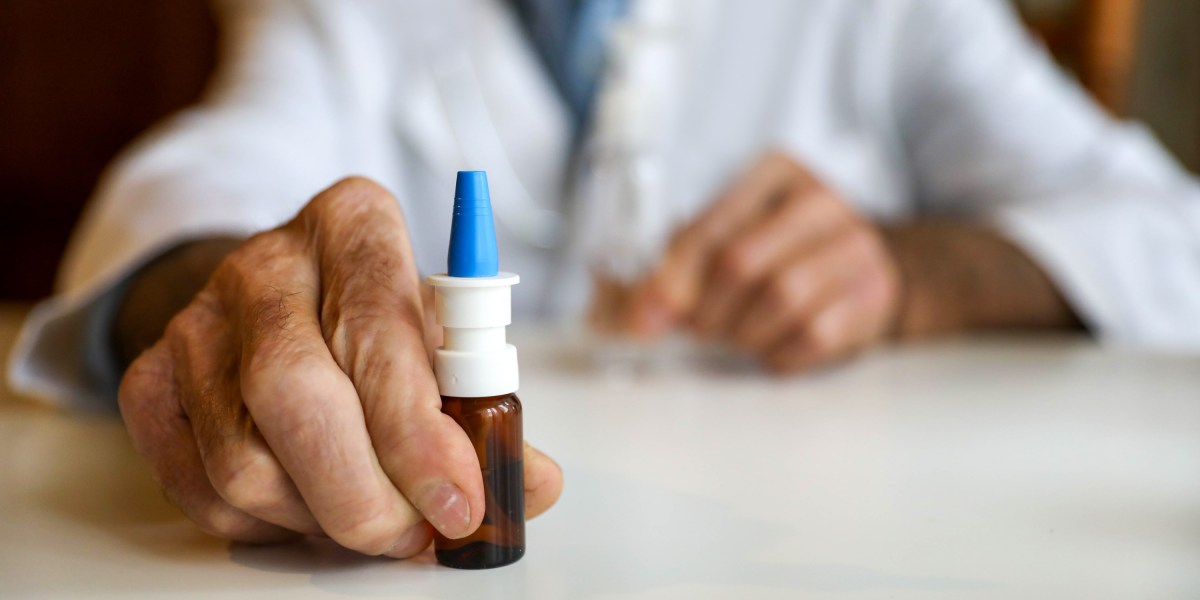
The vaccine outlined in the recent Nature paper is meant to be inhaled. It is a subunit vaccine, meaning it contains a portion of the pathogen. In this case, the subunit is actually a piece of cholera toxin that has been engineered to display a portion of SARS-CoV-2. These proteins are placed into microcapsules small enough to travel deep into the lungs.
I’ve been vaccinated, and I had covid. Don’t I already have good mucosal immunity?
Maybe. Studies show that people who have been infected and vaccinated do have better mucosal immunity than people who have been vaccinated but not infected. But Jeyanathan says her group has also seen quite a few people who have been infected and don’t have much mucosal immunity in their lungs. When they wash the lungs with saline to collect samples from the lower respiratory tract, they don’t find detectable T-cell responses. “It’s really sort of very strange,” she says.
But it’s not just about whether you’ve got mucosal immunity. It also matters how broad that immunity is. One of the most problematic things about SARS-CoV-2 is that it’s constantly evolving. Each month seems to bring a new variant. The changes mainly affect the spike protein, the target of all current vaccines. But some groups are working to variant-proof their mucosal vaccines. Jeyanathan’s group is putting in parts of the interior of the covid virus, which aren’t apt to change as quickly as the portion that binds to cells. “So that way, we don’t need to do this variant-chasing approach,” she says.
What will it take to show that a mucosal vaccine works?
Regulators are still trying to work out how to measure success. In some cases, companies can demonstrate vaccine effectiveness through surrogate markers such as antibody levels. That’s how the latest boosters were approved. But with mucosal vaccines, it’s not clear what surrogate marker would be most useful. Antibody levels in the nose or mouth? Or the abundance of certain immune cells?
In an editorial published a year ago, Peter Marks from the FDA and colleagues argued that vaccines that differ substantially from those already approved might need to be tested in large, randomized clinical trials. What we really want to see is that these next-generation vaccines outperform existing vaccines and curb transmission. That data isn’t in yet, and it could take years before we know whether mucosal vaccines actually do what we hope they will: stop the virus from spreading.
Another thing
Vertex, maker of the recently approved CRISPR sickle-cell therapy, has agreed to pay tens of millions of dollars to avoid any patent infringement lawsuits. Antonio Regalado has the story.
Read more from MIT Technology Review’s archive
When the first two mucosal vaccines were approved in 2022, we published an explainer by Jessica Hamelzou.
Wouldn’t it be wonderful if we had a vaccine that worked against all coronaviruses? One team’s mosaic nanoparticle may be the key to success, reports Adam Piore.
